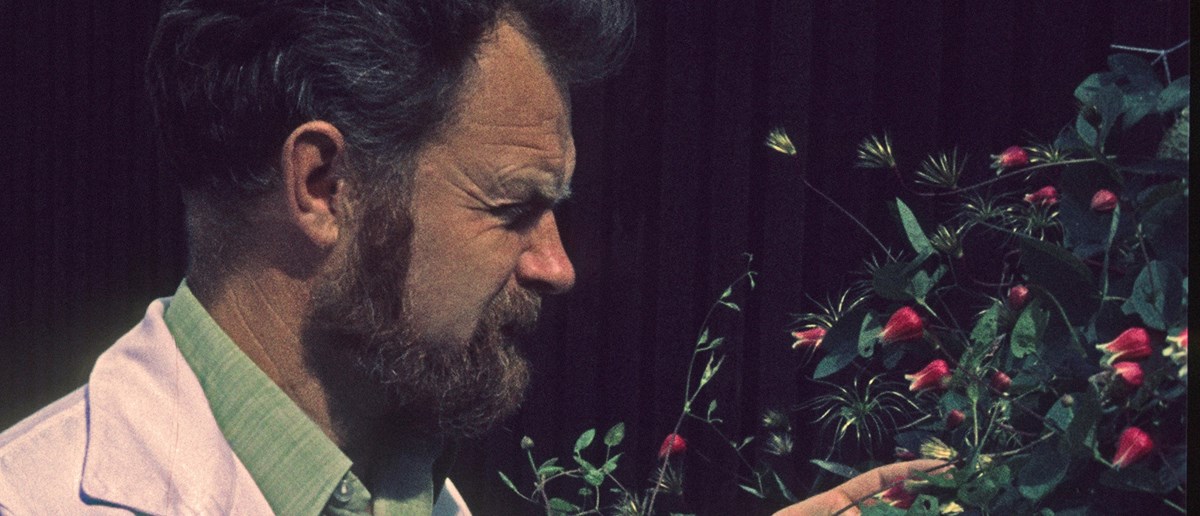Geophytes in Gothenburg Botanical Garden

For many years Gothenburg Botanical Garden has specialized in cultivating bulbs and tubers, which have been collected during expeditions to all parts of the world. Today we have a very large and valuable collection which is constantly growing thanks to seed exchange with other botanical gardens and collecting expeditions.
Most of the year these rare beauties are underground and behind the scenes in our cold greenhouse. In March / April they appear blooming beautifully around the garden, here in The Bulb Garden and the Spring Meadow in the entrance area.
Our world famous collection of botanical bulbs was initiated during the 1960s when Per Wendelbo (in the picture above) became the garden's director. His botanical interest was directed primarily towards countries such as Turkey, Iran and Afghanistan - particularly rich in native geophytes. During his work on "Flora Iranica " he studied the genera Corydalis, foxtail lilies, hyacinths, irises and tulips and throughout this time a lot of wild material was gathered and added to our collections.
For more than thirty years Karin Persson and her husband, first curator emeritus Jimmy Persson have studied, collected and worked with the genus Colchicum. Their work resulted in the world's most complete collection, which is grown here. Karin and Jimmy have also done research on tulips and Hyacinthella, now well represented in the collections.
Per Wendelbo´s interest in Corydalis was carried further by Magnus Lidén in a research project that besides the scientific publications resulted in two popular science books produced in collaboration with the botanical garden staff.
During his time, Director Arne Strid contributed with unique collections mainly from Greece to the flora project "Flora Hellenica ".
Part of the Botanical Garden's collection of bulbs and tubers are distributed annually to scientists and bulb lovers worldwide. Visiting scientists from Latvia, Iran and Turkey study our collections of Iris, Frittilaria, Colchicum and Crocus.
Early flowering bulbs and tubers are adapted to a climate with a very dry, hot summer and a wet, cool autumn-winter-spring. A collective name for these plants is geophytes (from Greek geos = ground and phyton = plant). The resting period is usually six months but can sometimes last for several years.
Why are there empty pots here during the summer and winter months? They mark out an empty space where we can plant in the autumn.






